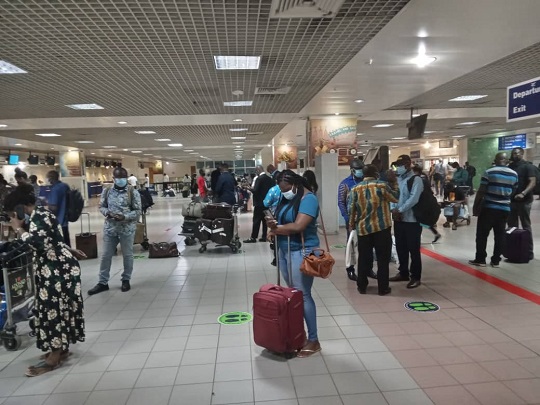The flagbearer of the governing New Patriotic Party (NPP), Dr Mahamudu Bawumia, says the Kotoka International Airport(KIA) will switch to electronic gates (E-Gates) by the end of this year.
E-gates, also known as electronic gates, are automated passport control systems that use biometric technology to authenticate the identity of passengers.
These gates scan the passport and take a photo of the passenger’s face, which is then compared to the digital image stored in the passport’s microchip.
Dr Bawumia made this announcement during a meeting with the clergy in Cape Coast, marking the start of his Central Regional tour on Monday, June 3.
According to the Vice President, these E-gates will be installed in the airport’s arrival section, removing the need for Ghanaians to undergo immigration checks upon arrival.
He emphasised that the government was committed to digitising most state institutions to make them more accessible to Ghanaians.
“In fact, before the end of this year if you arrive in Ghana at Kotoka Airport you don’t need to go to an immigration officer, we are putting together the E-gates, you put in your Ghana card it will open for you, and you pass and enter. The E-gates will work in Ghana before the end of this year,” he stated.
In addition, Dr Bawumia expressed his desire to have an “open and frank discussion” with religious and faith-based organisations regarding school management, particularly focusing on discipline.
More on E-Gates
The self-service E-Gates allow eligible biometric passport holders to clear border controls quickly and efficiently. Most people will pass through without encountering an issue. However, some will be referred to an officer.
The ePassport gate scanner reads all the information contained in the chip inside the passport. At the same time,e a camera takes a picture of the traveller, which is then compared to their passport photo using a facial recognition algorithm.





